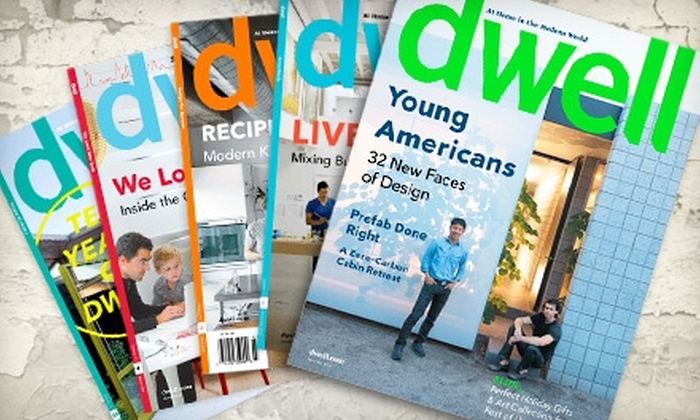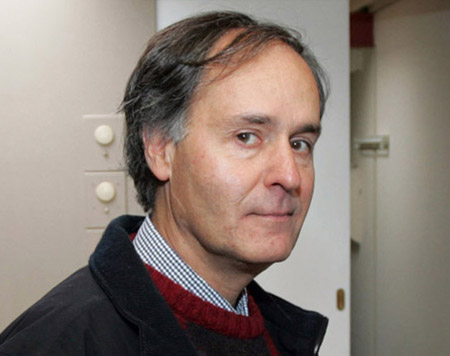Dwelling on Modernist Purity
 |
|
Modernist’ column on ‘dwellification,’ which set the Network’s Facebook page on fire. “I think we will look back on this as a time when many mid-century homes were ruined,” remarked one reader. While much of the MCM world is morphing, at least in part due to examples set by Dwell magazine through stories and product offerings, well-preserved examples of Eichler homes (as above) continue to set their own kind of example. Photo: David Toerge |
 |
|
|
 |
|
|
 |
|
|
Pure modernism is a topic of debate on many fronts, but Dave Weinstein, the ‘CA Modernist’ weekly blogger for EichlerNetwork.com, really seems to have touched a nerve with his recent column on the subject.
The topic was ‘dwellification,’ and it set the Network’s Facebook page on fire.
“This is a huge problem,” wrote reader Anita Pitts Oudega, bemoaning the transformation of the Cliff May-designed homes in her neighborhood. “I think we will look back on this as a time when many mid-century homes were ruined.”
“Gone on numerous Eichler tours. [But I’ve] yet to see one that’s been faithfully restored,” complains reader Scot Cole. “Most have been heavily altered, and not for the better.”
“Dwellification is important to know about,” concurs reader Nancy Kate Grayson. “Many of us like ‘Dwell on Design’ [the popular annual design fair sponsored by Dwell magazine], just keep it to new homes please.”
At issue is the style promoted in features and products offered by affiliates of Dwell magazine, perhaps the premier publication about mid-century modern design in the U.S. Weinstein notes the examination of the ‘dwellification’ phenomena by architectural historians in academia as well as at the California Preservation Foundation Conference in 2016.
Weinstein identifies the problem as “people loving their mid-century modern homes to death by replacing their historic look with a new look that owners [see] as an improvement.” In doing so, he writes, they are “turning their homes into things more modern than modern, more early 21st century than mid-20th.”
This phenomena may have gained momentum in 2016 when Dwell’s parent company, Dwell Life LLC, launched ‘Modern by Dwell Magazine,’ a line of furniture and décor pieces offered through Target stores.
Not all readers, however, are as alarmed by the trend as the aforementioned three.
“It is hard to say that these Dwell style changes are not in the range of minimal impacts,” observes reader Stephen Estes. “Consider the spectrum of incompatible design options an owner has, and the spectrum of design decisions made by California modern architects in the ‘50s, ‘60s, and ‘70s, and the endless sense that ‘things need improving.’”




